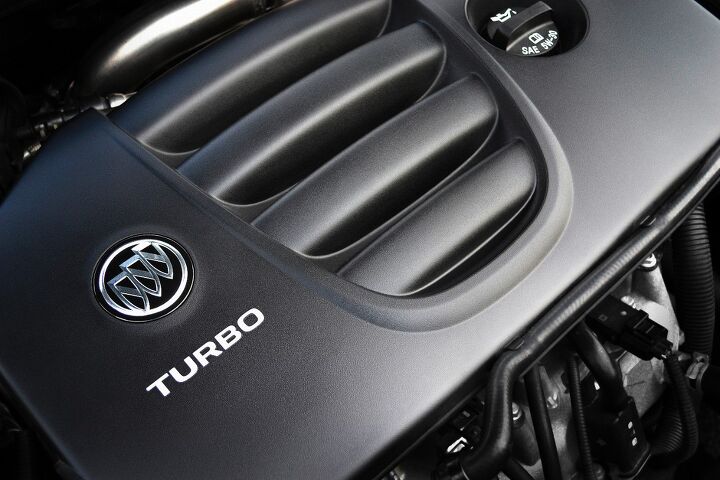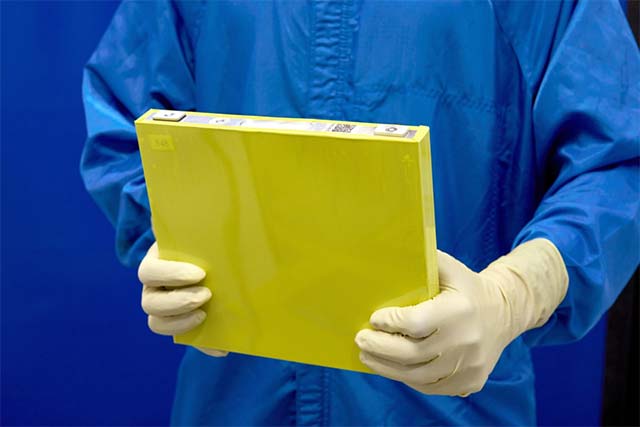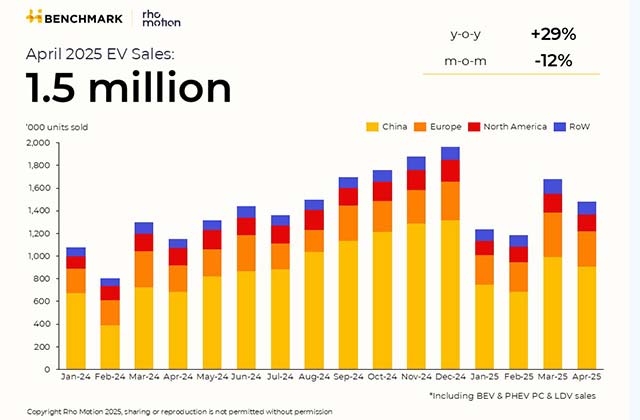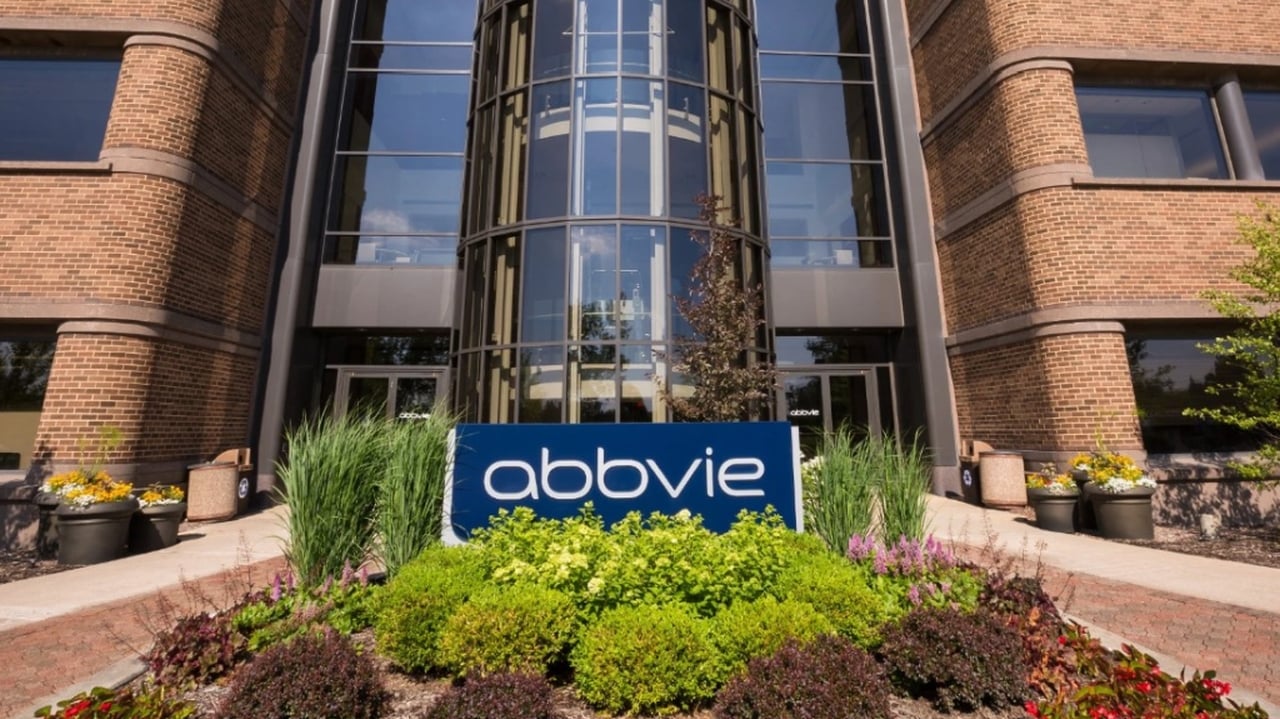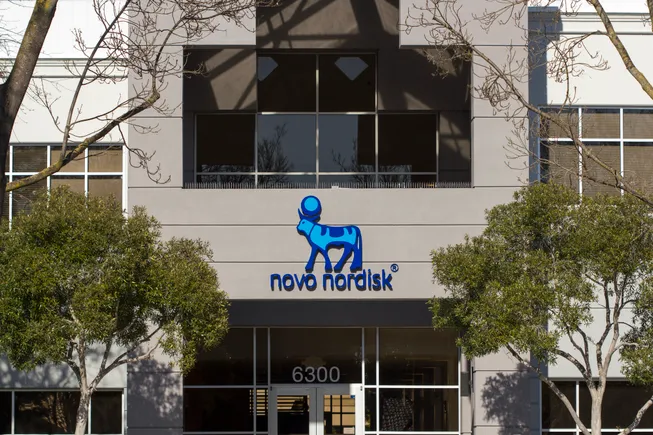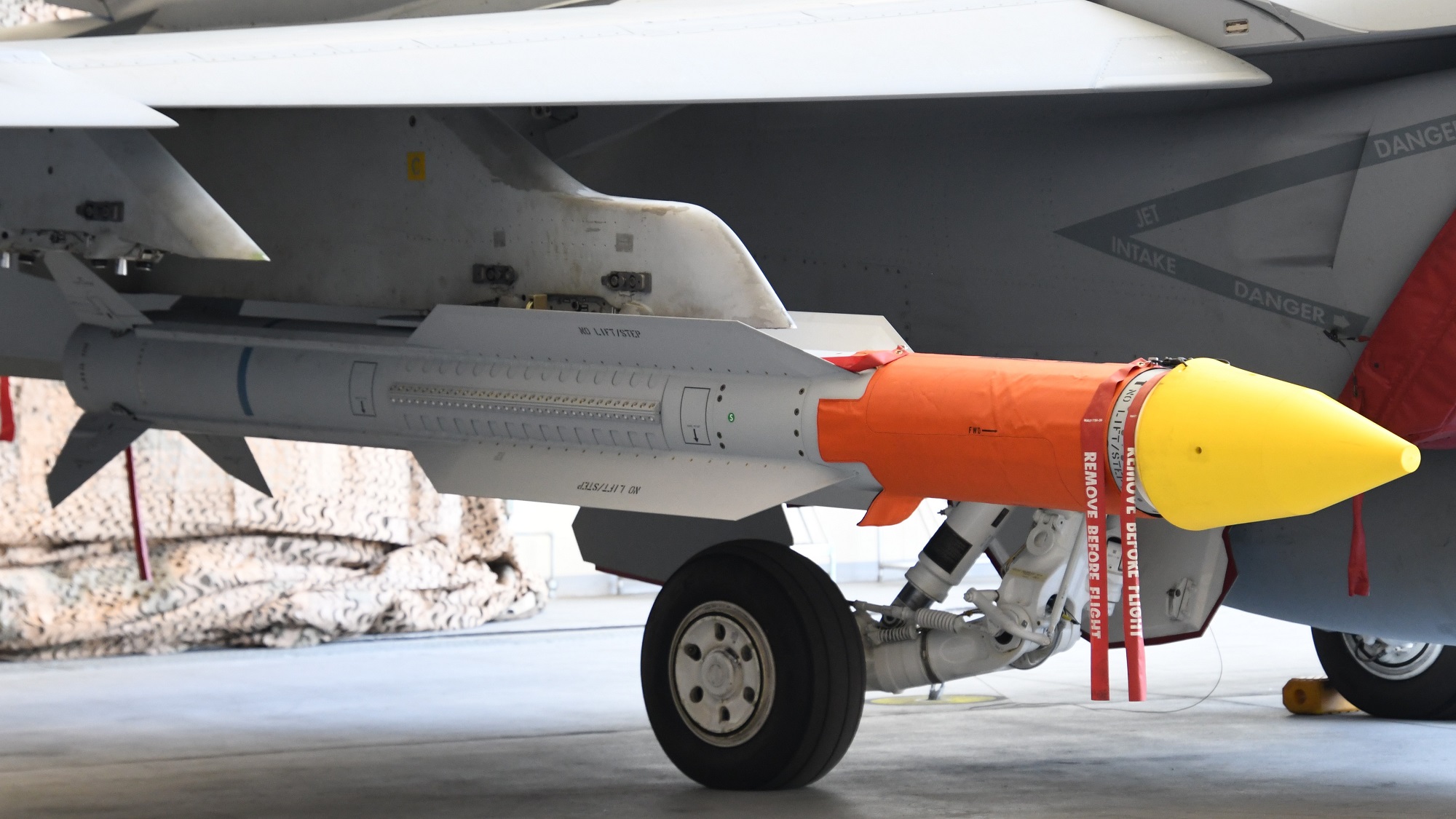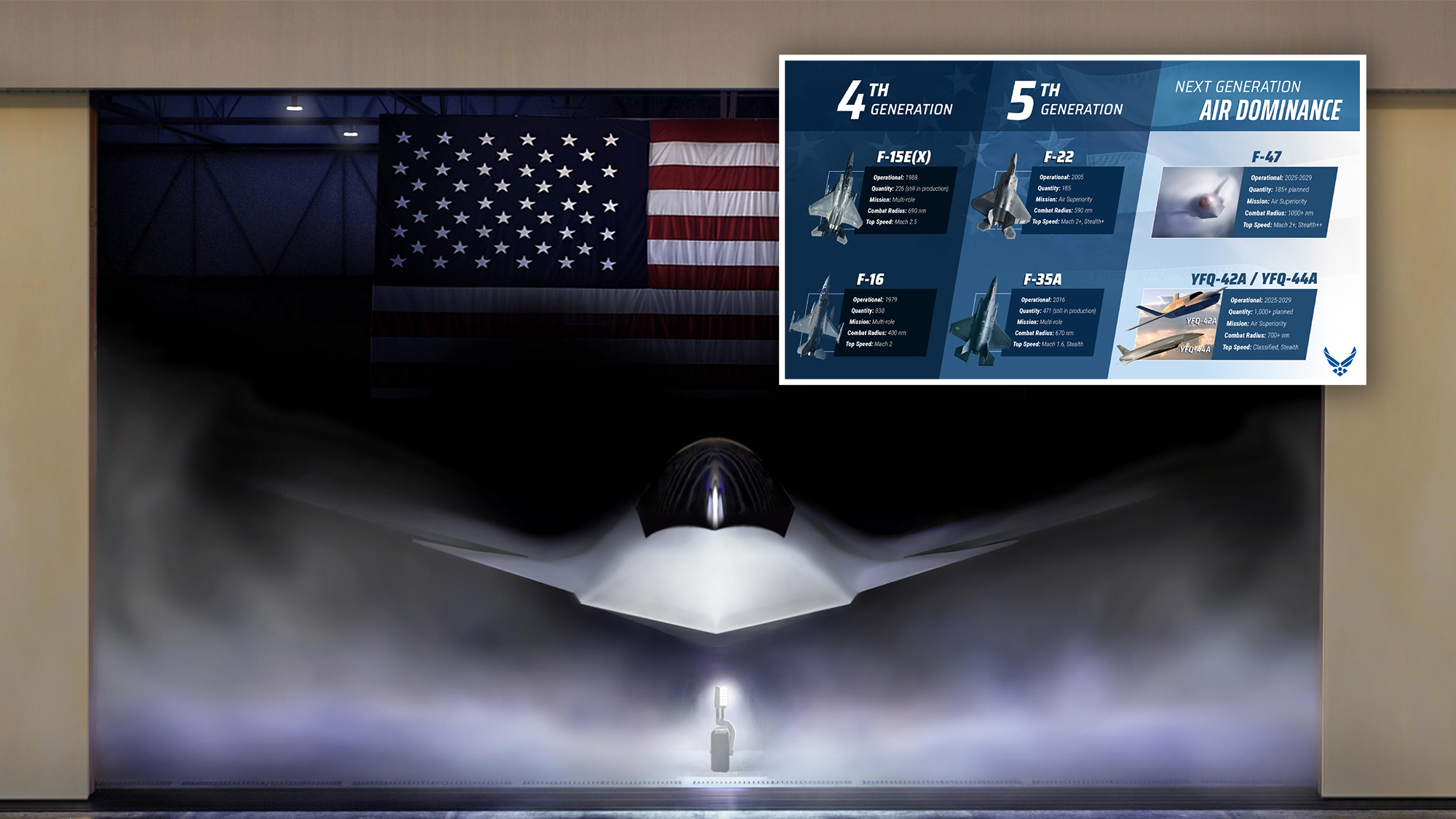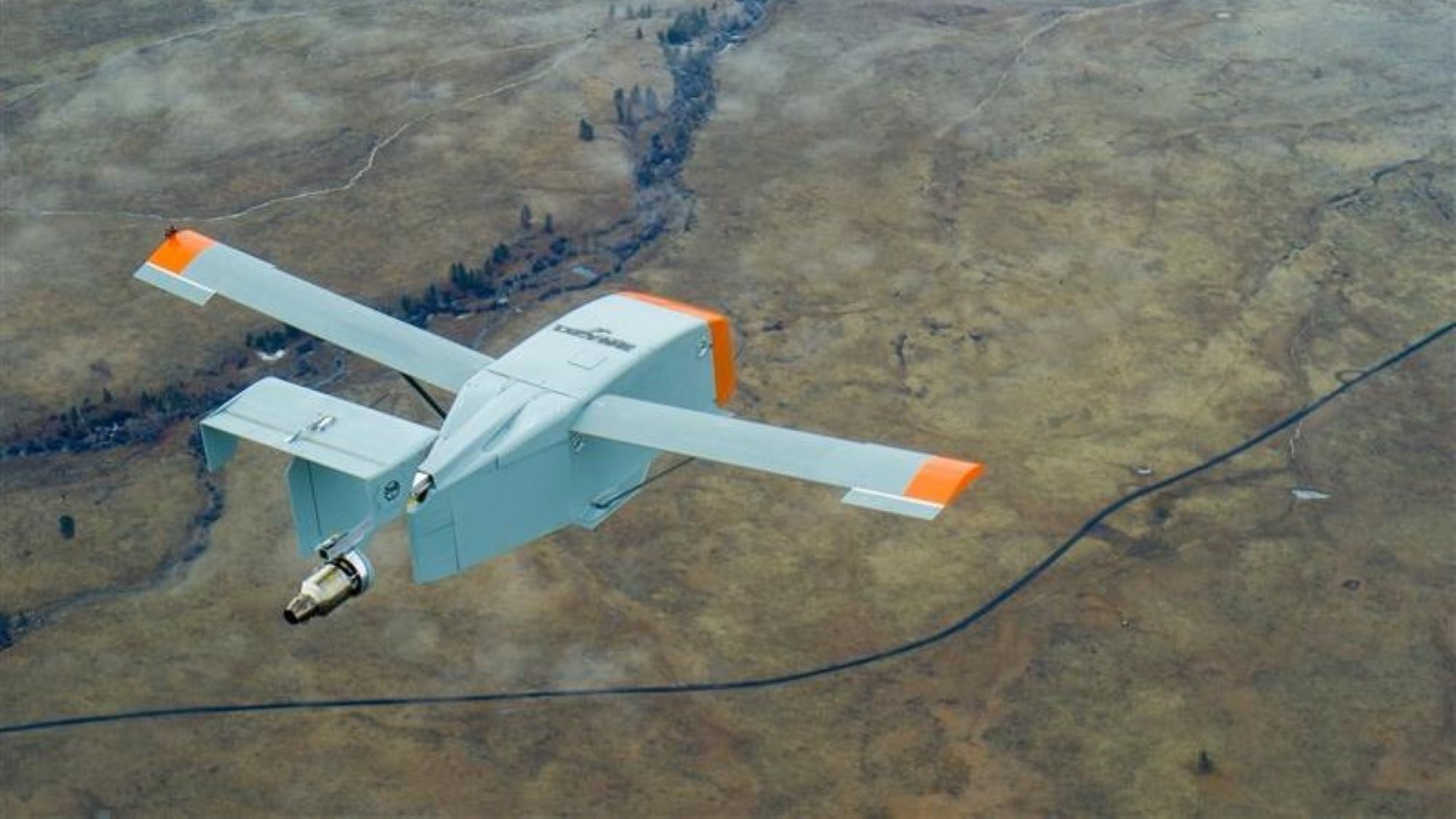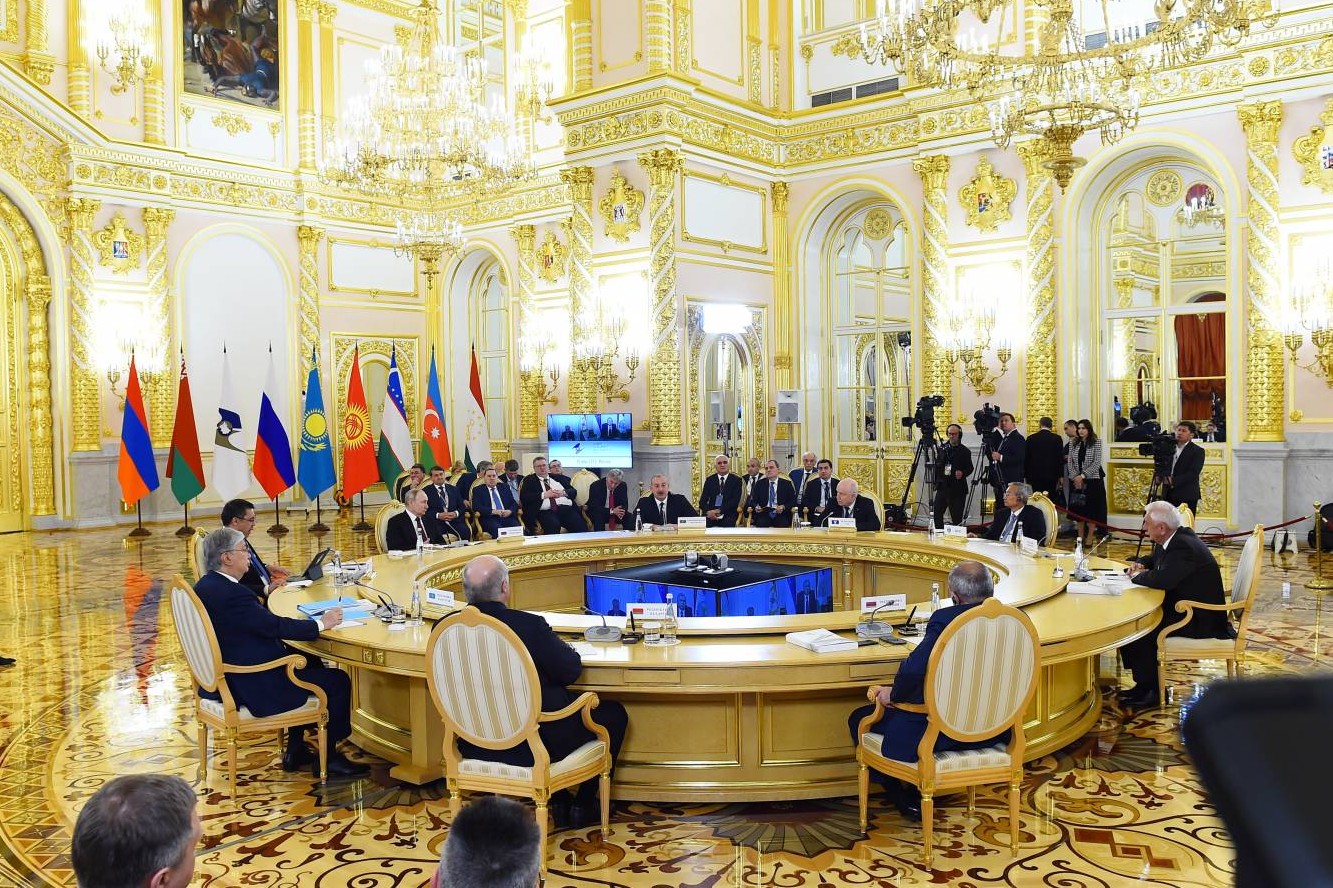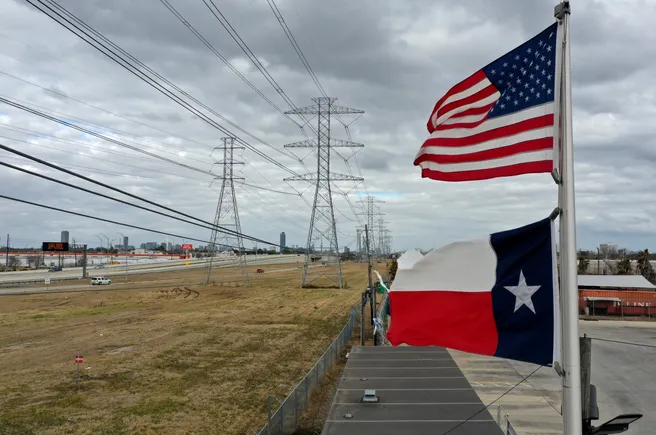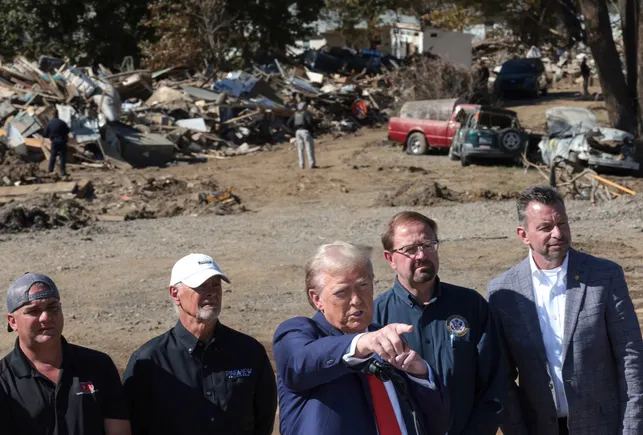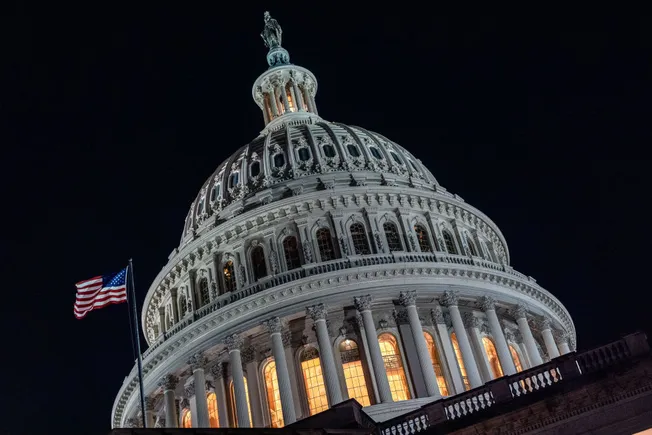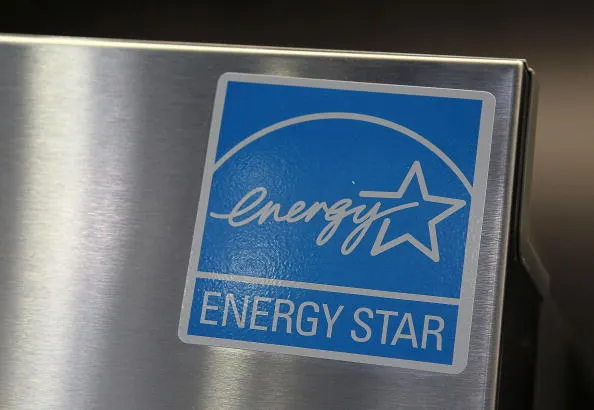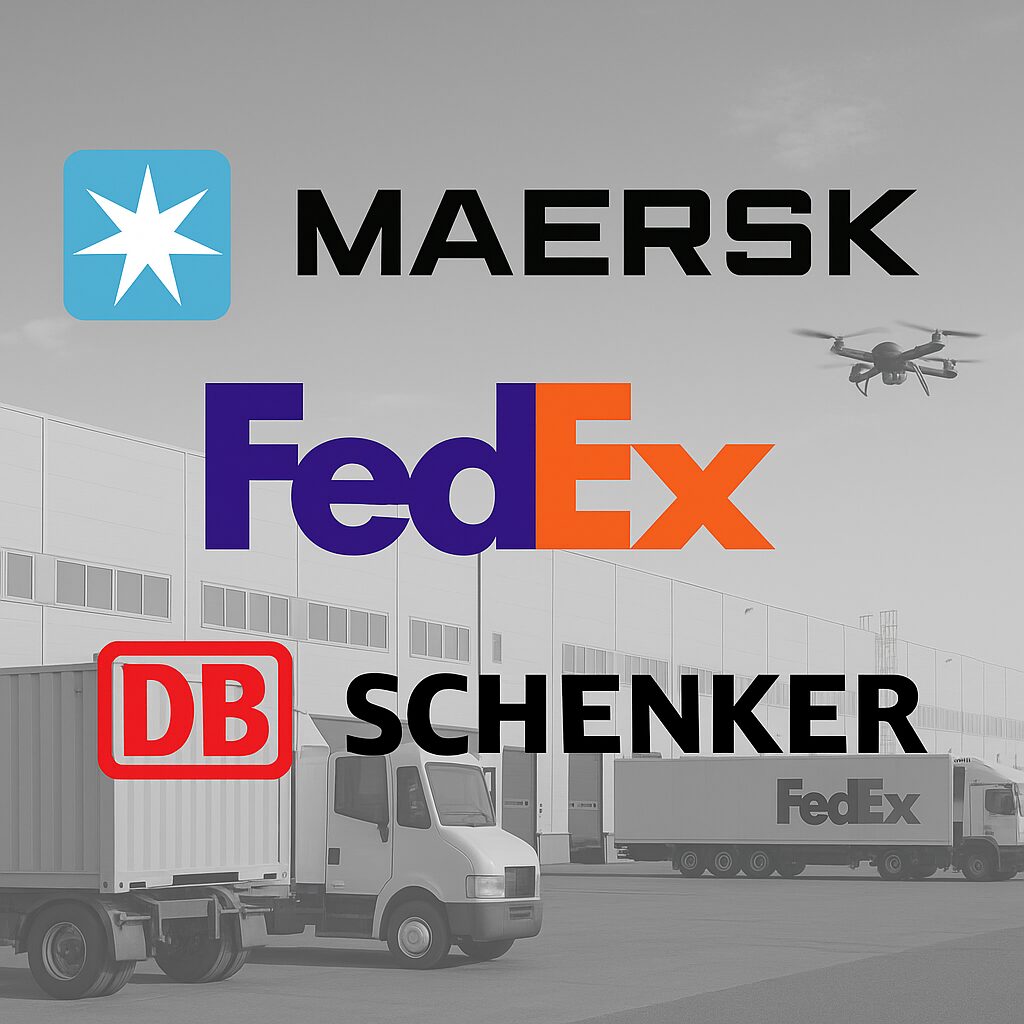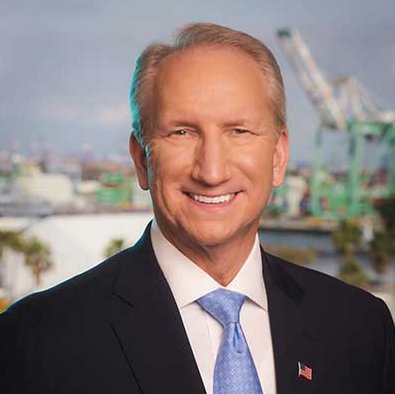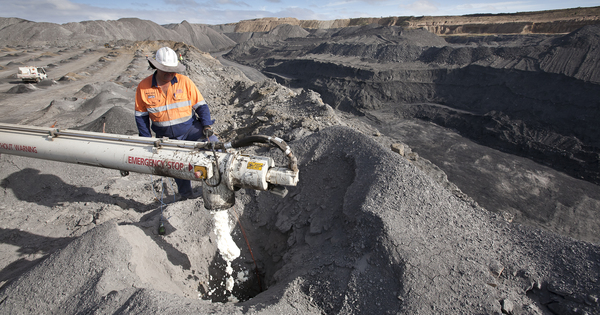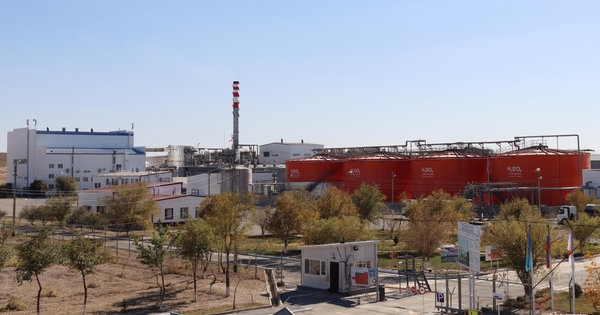India and the UK ink a Historic Free Trade Agreement
After over three years of negotiations, India and the United Kingdom have formally agreed to a Free Trade Agreement (FTA), marking a major milestone in their bilateral relations. Commerce Minister Piyush Goyal called the deal a new benchmark for “equitable and ambitious trade between two large economies.” Although the full text of the Agreement has […] The post India and the UK ink a Historic Free Trade Agreement appeared first on Logistics Viewpoints.

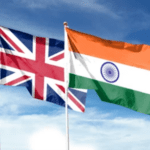
After over three years of negotiations, India and the United Kingdom have formally agreed to a Free Trade Agreement (FTA), marking a major milestone in their bilateral relations. Commerce Minister Piyush Goyal called the deal a new benchmark for “equitable and ambitious trade between two large economies.” Although the full text of the Agreement has not been released, the Indian industry has welcomed the development, even as concerns remain over potential impacts on agriculture and MSMEs. The deal is expected to be signed in three months and will take over a year to implement.
Amid rising protectionism and geopolitical tensions, the UK-India Free Trade Agreement (FTA) emerges as a strategic accord. It represents a significant milestone in Britain’s Indo-Pacific “tilt,” providing UK firms with a safeguard against over-reliance on any single region or country-centric supply chains, thereby ensuring trade continuity in the face of potential US tariff impositions.
Trade Landscape and Economic Impact
Currently, the UK is India’s 16th largest trading partner, while India ranks 11th for the UK. Bilateral trade stands at approximately $60 billion, with India maintaining a positive trade balance. The Indian government estimates this could double by 2030. According to the British government, the FTA could add $34 billion to this trade volume.
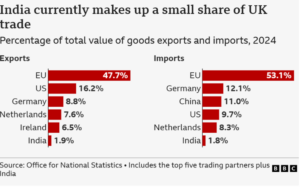 This Agreement is the most economically significant trade pact signed by the UK since Brexit, following similar deals with Australia and Japan. Although the EU remains the largest trading partner for both countries, the India–UK deal symbolizes a strategic reorientation and a step toward more diversified trade relationships. From India’s perspective, the trade deal complements its ambition to become a preferred manufacturing destination, encouraging businesses to diversify their investments. Indian industries anticipate further free trade agreements (FTAs) as these trade pacts are essential for integrating into the global value chain, according to the President of the Confederation of Indian Industry (CII).
This Agreement is the most economically significant trade pact signed by the UK since Brexit, following similar deals with Australia and Japan. Although the EU remains the largest trading partner for both countries, the India–UK deal symbolizes a strategic reorientation and a step toward more diversified trade relationships. From India’s perspective, the trade deal complements its ambition to become a preferred manufacturing destination, encouraging businesses to diversify their investments. Indian industries anticipate further free trade agreements (FTAs) as these trade pacts are essential for integrating into the global value chain, according to the President of the Confederation of Indian Industry (CII).
Highlights of the India-UK Free Trade Agreement
- 99 percent of Indian exports to benefit from zero duty in the UK market.
- Indian import duty will be slashed, locking in reductions on 90 percent of tariff lines, 85 percent of these becoming fully tariff-free within a decade.
- India is reducing tariffs for: whisky, medical devices, advanced machinery, and lamb, making UK exports more competitive.
- Goods with reduced import duties for Indian consumers: cosmetics, aerospace, lamb, medical devices, salmon, electrical machinery, soft drinks, chocolate, and biscuits.
- Products with cheaper prices for British shoppers: clothes, footwear, and food products, including frozen prawns.
- Automotive tariffs will go from over 100 percent to 10 percent under a quota.
- Three-year exemption from social security payments for Indian employees working in the UK.
- Export opportunities for labor-intensive sectors such as textiles, marine products, leather, footwear, sports goods and toys, gems and jewellery, engineering goods, auto parts and engines, and organic chemicals.
Significance of the Agreement
The Agreement goes beyond trade. It reflects a broader geopolitical shift as both countries navigate a changing global order. For the UK, which has struggled to define its post-Brexit trade strategy, this deal is a move toward engaging with high-growth economies. It represents an opportunity for India to assert its position as a global economic power, aligned with its “Viksit Bharat” 2047 vision of becoming a developed nation.
In a joint statement, the Prime Ministers of both countries said the FTA and accompanying social security arrangement would catalyze trade, investment, innovation, and job creation. They emphasized that the Agreement would foster deeper people-to-people ties and pave the way for a stronger strategic partnership.
Negotiations faced delays over complex issues, including visa liberalization demands from India and social security contributions. While the final deal does not alter UK immigration policies, it does include the three-year social security exemption for Indian workers. The British government noted that while there are no immediate immigration changes, the FTA will simplify temporary skilled worker mobility.
Looking Ahead
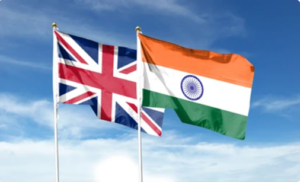 While the UK may not currently be among India’s top five trading partners, this FTA sets a strong precedent. It could encourage further bilateral deals with major economies like the United States and the European Union. This Agreement is a strategic declaration, signalling a shift in how trade, power, and diplomacy intersect in this century. It indicates India’s evolving role in shaping a more inclusive global trade architecture and reaffirms its position as a key player in the post-pandemic, multipolar economic landscape.
While the UK may not currently be among India’s top five trading partners, this FTA sets a strong precedent. It could encourage further bilateral deals with major economies like the United States and the European Union. This Agreement is a strategic declaration, signalling a shift in how trade, power, and diplomacy intersect in this century. It indicates India’s evolving role in shaping a more inclusive global trade architecture and reaffirms its position as a key player in the post-pandemic, multipolar economic landscape.
The post India and the UK ink a Historic Free Trade Agreement appeared first on Logistics Viewpoints.













